Optimal Timing for Rubber Roofing Installation
Rubber roofing is a durable and flexible material suitable for various climates. The optimal time for installation depends on weather conditions, with mild and dry periods being ideal. Proper timing ensures effective adhesion and longevity of the roofing system.
Spring offers moderate temperatures and lower humidity, making it suitable for rubber roofing installation.
Warm, dry summer days can be ideal, but extreme heat may affect adhesive performance and material handling.
Autumn provides cooler temperatures and less rain, ideal for ensuring proper curing and adhesion.
Cold temperatures and moisture can hinder installation and affect material flexibility, making winter less suitable.

Ways to make Rubber Roofings work in tight or awkward layouts.
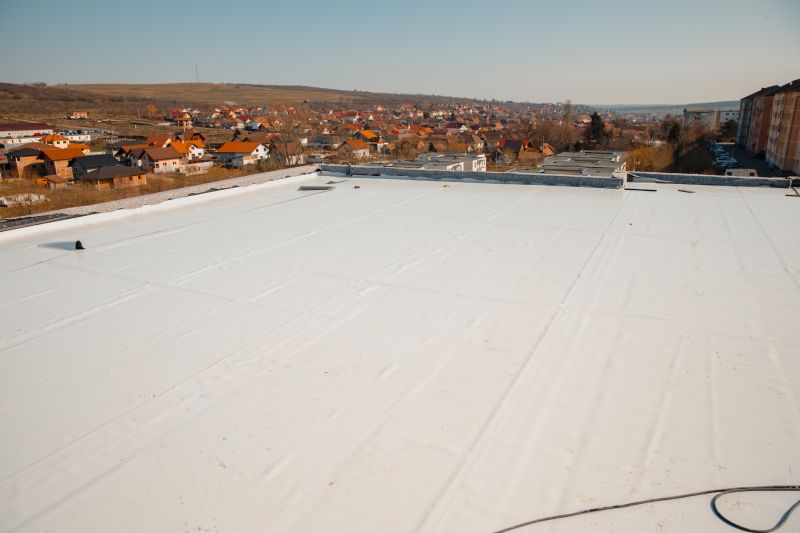
Popular materials for Rubber Roofings and why they hold up over time.
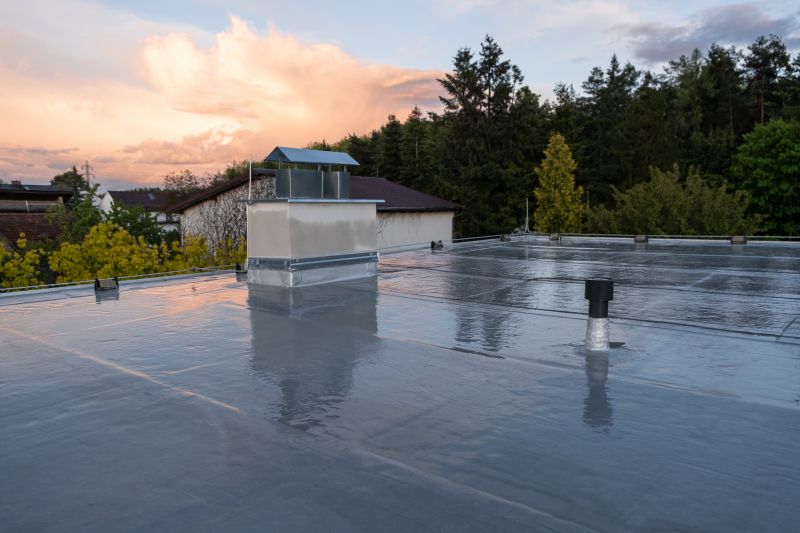
Simple add-ons that improve Rubber Roofings without blowing the budget.
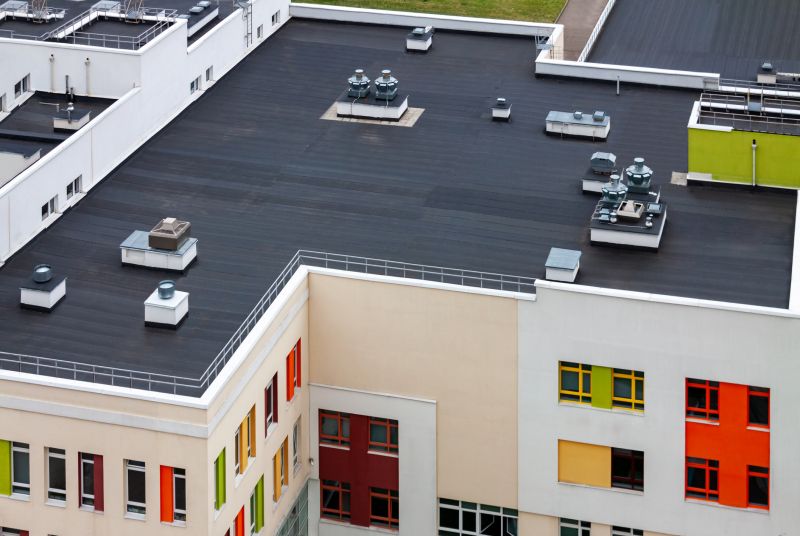
High-end options that actually feel worth it for Rubber Roofings.

Finishes and colors that play nicely with Rubber Roofings.
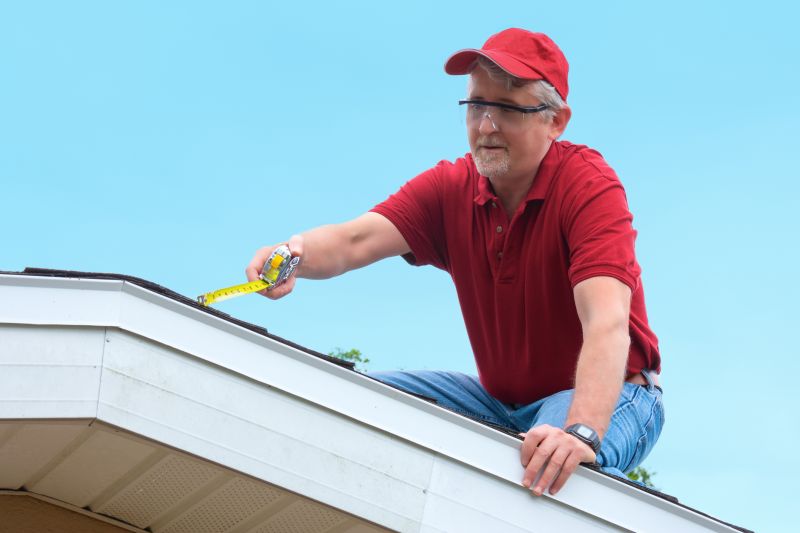
Little measurements that prevent headaches on Rubber Roofings day.
| Season | Ideal Conditions |
|---|---|
| Spring | Moderate temperatures, low humidity, dry weather |
| Summer | Warm and dry, but avoid extreme heat |
| Autumn | Cooler temperatures, dry conditions |
| Winter | Cold temperatures, high moisture, not recommended |
Rubber roofing materials are known for their durability, flexibility, and resistance to weathering. They are often used in flat roof applications and are valued for their ability to expand and contract with temperature changes. Studies indicate that properly installed rubber roofs can last over 20 years with minimal maintenance. The material’s resilience makes it suitable for a variety of building types and climates.

A 60-second routine that keeps Rubber Roofings looking new.

A frequent mistake in Rubber Roofings and how to dodge it.
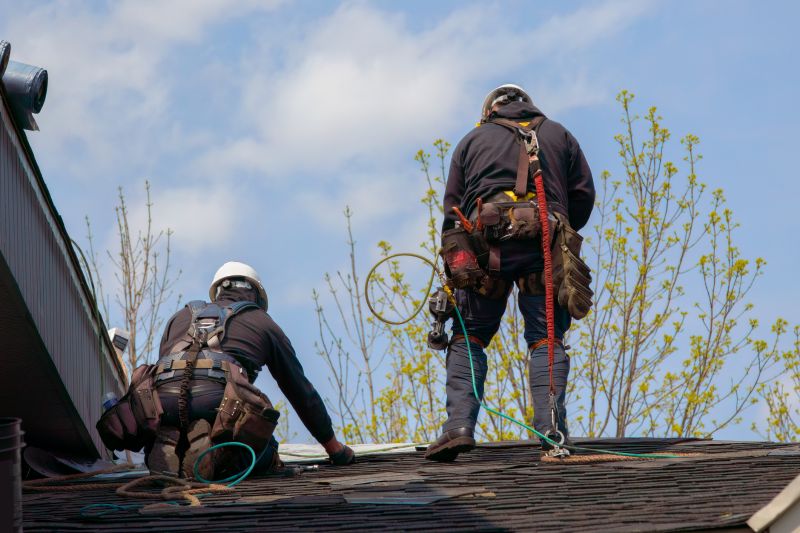
Small tweaks to make Rubber Roofings safer and easier to use.
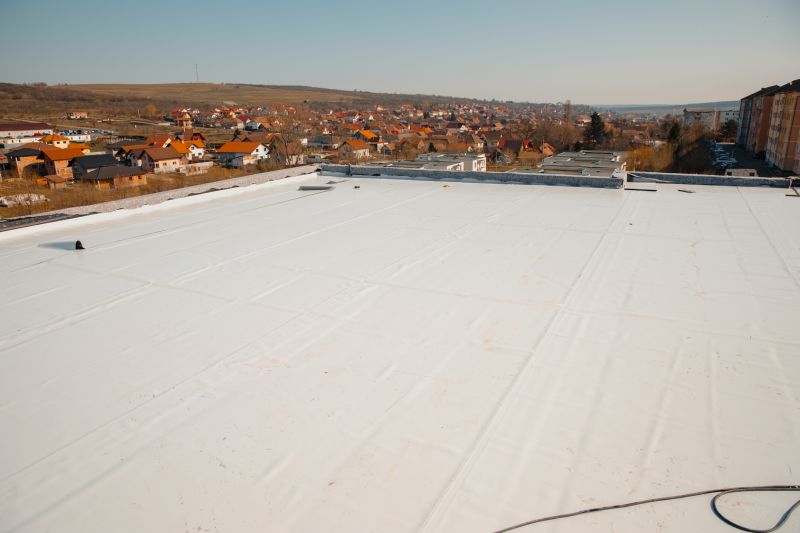
Lower-waste or water-saving choices for Rubber Roofings.
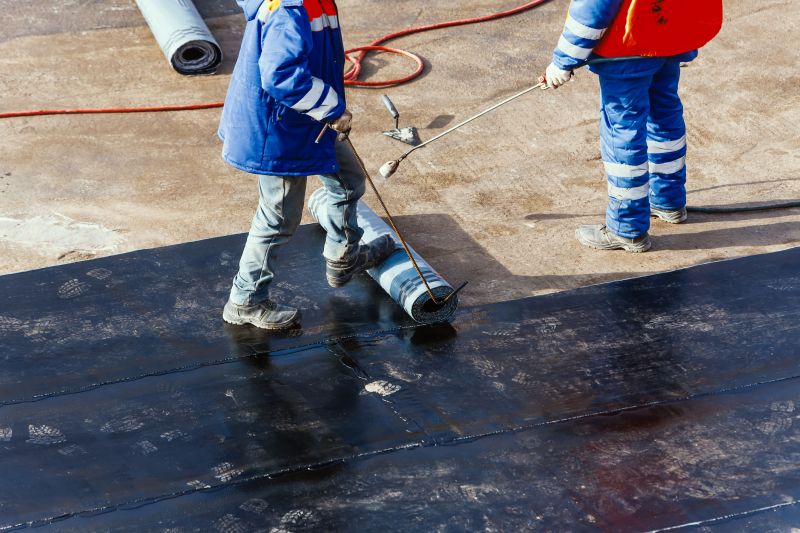
The short, realistic tool list for quality Rubber Roofings.
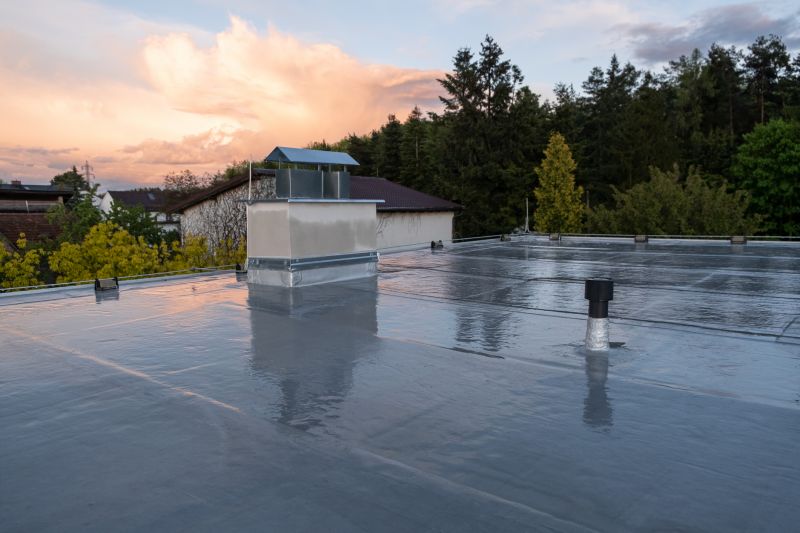
Rough timing from prep to clean-up for Rubber Roofings.
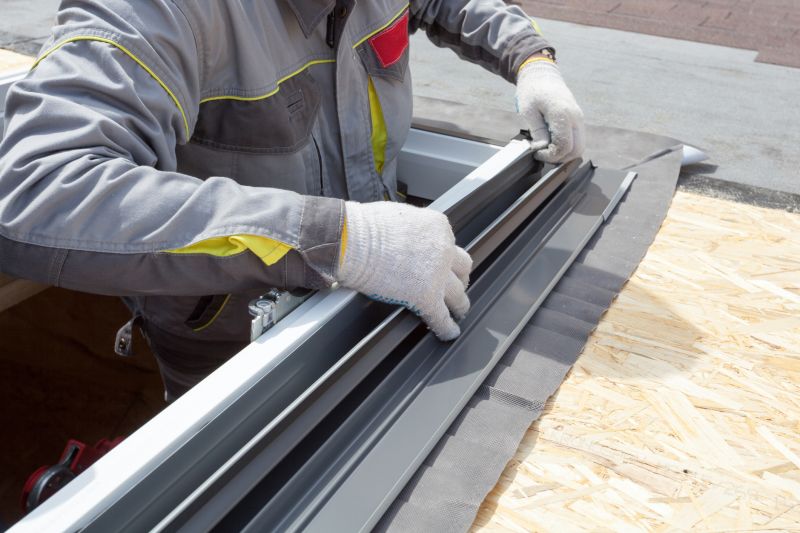
Quick checks and paperwork to keep after Rubber Roofings.
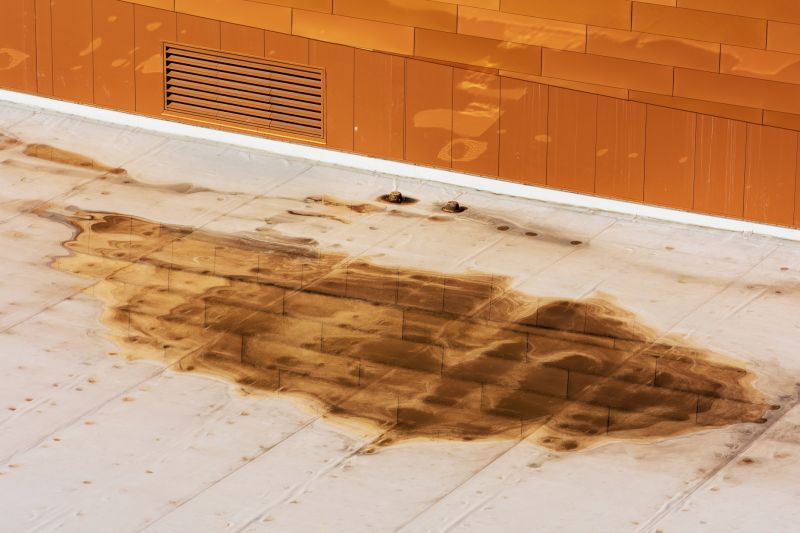
Examples that show the impact a good Rubber Roofings can make.

Ways to make Rubber Roofings work in tight or awkward layouts.

Ways to make Rubber Roofings work in tight or awkward layouts.
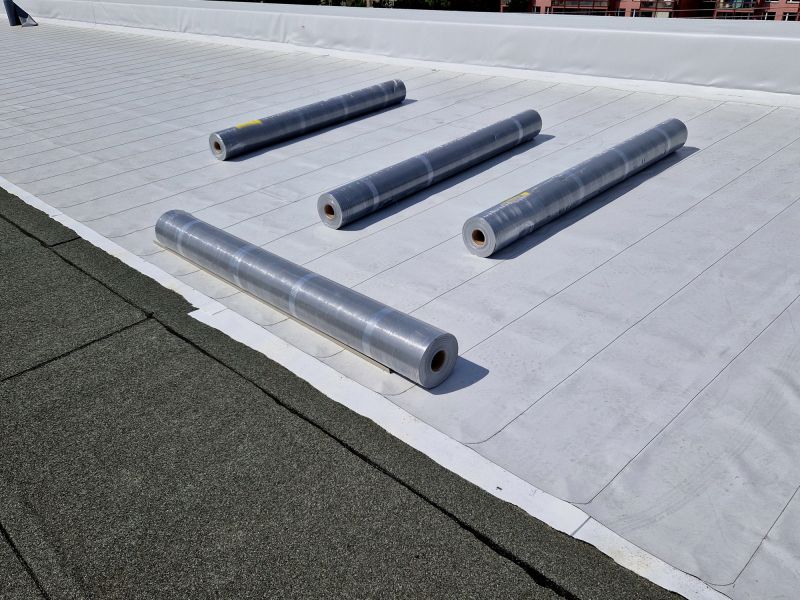
Ways to make Rubber Roofings work in tight or awkward layouts.
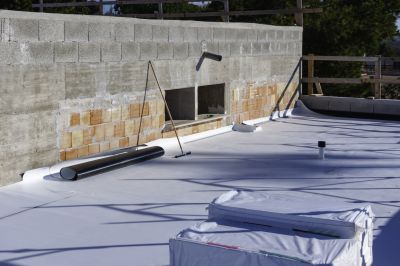
Ways to make Rubber Roofings work in tight or awkward layouts.
Interested in rubber roofing for a property? Filling out the contact form can provide further information and assistance in planning and scheduling installation at the most suitable time.



